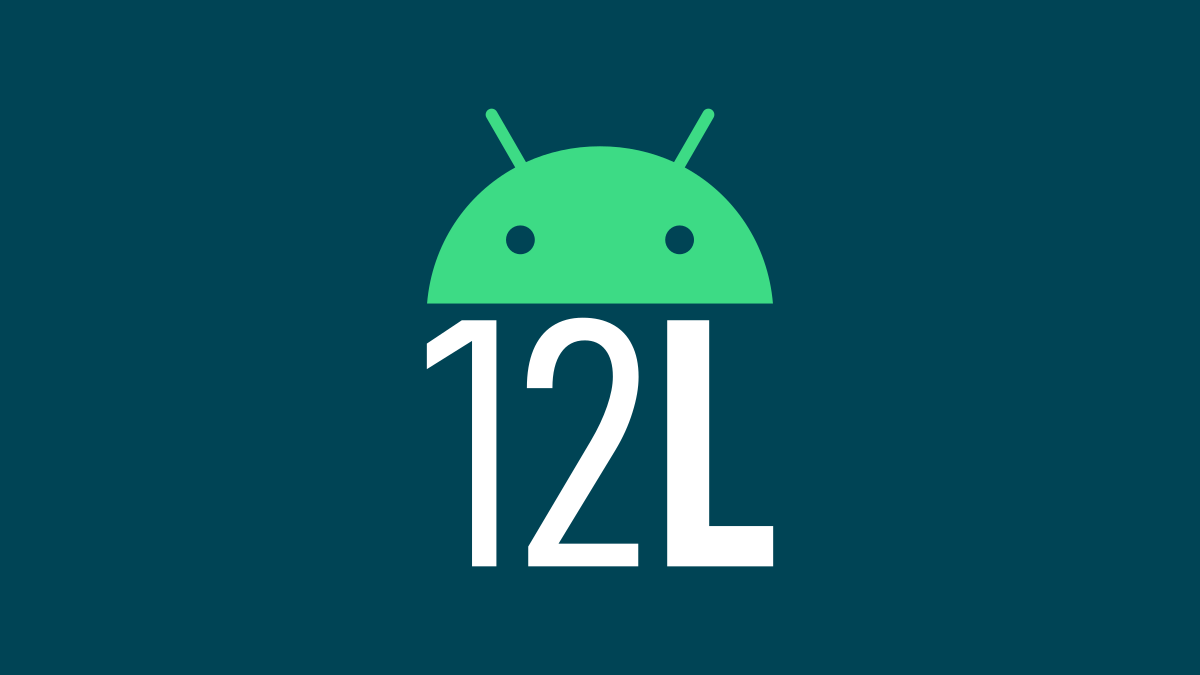Quick Links
Each year, Google releases at least one major Android update. Android 12 was the release for 2021, but Google isn't done with that number. The next update is Android 12L and it's a little unusual. Allow us to explain.
In the past, Google would often release incremental "dot" updates. (For example, Android 4.0, 4.1, and 4.4 were "dot updates.") However, that hasn't happened since Android 9, and now Android 12 is getting an "L" update instead of "dot" update.
Android 12L Is a "Feature Drop"
Google is not referring to Android 12L as a typical Android update. The company is calling it a "Feature Drop," just like the Feature Drops that occasionally roll out to Pixel phones. So what's the difference?
A Feature Drop is targeted at specific devices with very focused features. It's even more incremental than a "dot" update. Major Android version releases are available for all phones on the platform and are available in the Android Open Source Project (AOSP), whereas a Feature Drop is usually more restricted.
It's All About Foldables and Big Screens
So if Android 12L is a Feature Drop, which devices will be getting it? Android 12L is for devices with big screens, especially foldable devices. Android added rudimentary support for foldables in Android 10, but Android 12L aims to greatly improve upon that.
Android 12L optimizes the user interface for these types of devices. The notifications, Quick Settings, home screen, and lock screen have all been updated with big, foldable screens in mind. For example, the Quick Settings and notifications can be shown in a two-column view.
Big screens are great for multitasking, and Android 12L has improvements there, too. Like Snap on Windows, you can drag an app icon from the taskbar---also new in Android 12L---to one side of the screen to put it in split-screen mode.
One common complaint with Android apps is how they look on irregular screen sizes like foldables. You'll often see "letterboxing," which is black bars on the sides or top and bottom. Android 12L allows device manufacturers to decide how this looks. They can change the size, shape, color, round the corners, or tweak the position.
Simply put, Google understands that foldable displays and large screen devices are the future. Android 12L is a much-needed interface update to better support these new form factors.
When Will Android 12L Be Available?
Android 12L is slated to release early next year (2022). As mentioned, this will not be an update that comes to all Android devices. It will specifically be made available to OEM partners (in other words, device manufacturers) for foldables, tablets, and other large-screen devices.
Of course, many of the new features in Android 12L are APIs for developers. It will take some time for apps to implement these features even if your device does get Android 12L. If you are an Android developer, you can start working with these APIs right now.
Google says Android "12L is for phones, too," but the majority of the features won't be visible on smaller screens. It's possible that many Android OEMs will pass on it for that reason as it won't add much to a traditional smartphone.


